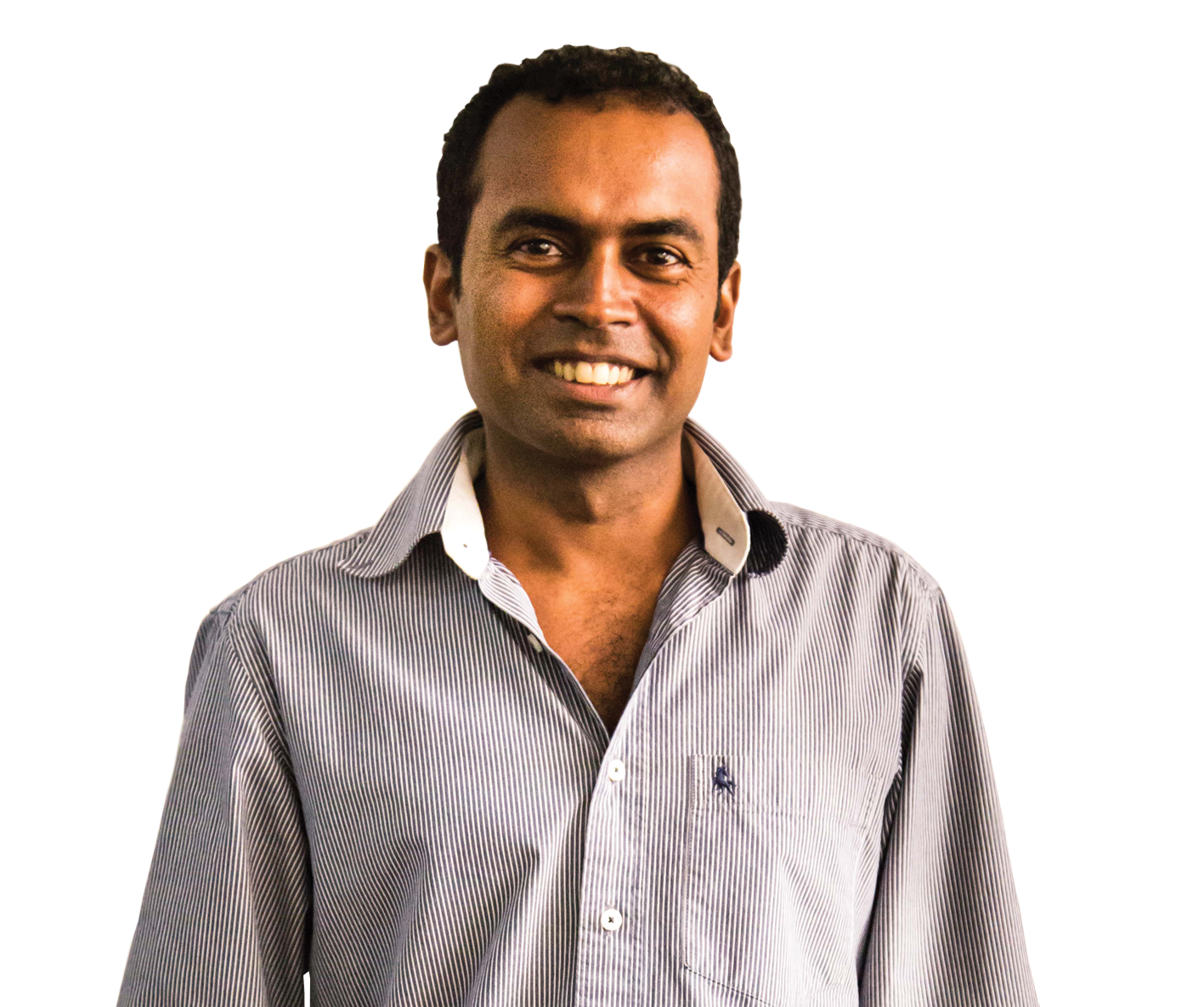Published on Jan 31st 2019
Disclaimer – You can use this technology with your standard earphones, custom built in-ears as well as headphones, off course the better the quality the better the experience
When I first brushed about this technology a couple of years ago I had my reservations that this must be another mumbo jumbo spatial surround sound device and a typical new thing on the block that everyone talks about on trade fairs and that we must go and take a listen.
Whilst all the big players in the loudspeaker market are spending millions of dollars on their immersive audio market there was a small eco-system that saw that nobody was doing Immersive audio for IEM monitoring and forged ahead there, which culminated into a mature hardware/software solution. The moment I plugged the headphones on the booth, moving from stereo to spatial completely moved me and suddenly I figured that this is something special really special, however it wasn’t over out here because moving back from 3D to stereo was like ‘how the hell I have been working in this 2D space for all these years’ and that is really what leaves you thinking as to how amazing your monitoring world would be, to place the sound sources not just between left and right in your ears put into a 3D space. Welcome to the world of 3D Immersive Mixing.
Unlike the limitations of PA systems in venues in 3D monitoring the artist keeps both his earpieces in his or her ears then as a monitor engineer you have the creativity of spatial positioning and not panning the entire bands in-ears wherever you would like to create more room for your various sound sources.
3D in-ear monitoring is designed to be inserted into the existing signal chain between the monitor console and the IEMs (be they wired or wireless) and while the processing required is prodigious the process itself is really quite simple. It fabricates the kind of inter-aural delays and filtering that occur in the natural world, which our brains decode to give us accurate information on the placement of sound sources in a three dimensional sound field.
What will strike you is the degree of separation you get – it really lets you hear each individual instrument in its own space and makes the mix sound much more natural. After using it for a while switching back to stereo operation is a bit of a shock as the mix just collapses in your head and sits boringly between your ears – You have to then remind yourself that this is what every IEM mix normally sounds like. In ways to explain aurally what you would feel would be like moving from Black & White to Colour TV and then going back to B&W after you come back into stereo.
While a monitor console is still required it is relegated to a slightly subservient role where it just provides the inputs and channel processing. The separation you get in 3D mode means you don’t have to work quite so hard to ensure instruments don’t overlap and mask each other’s frequencies, which should help ensure less muddy mixes but could make it possible for non-engineers (or even the band themselves) to mix the monitors.
"A lot of people also think that this is really only for softer music and orchestral applications best however it is been proven on the road when it comes to heavy metal, playing songs fast and with the double bass its very hard to get the definition and now you can spatially place band, fx, vocals, ambience mics in 3D and there is a huge metal eco-system growing around 3D monitoring too."
Interestingly, under development an addition to the technologies are embedding a small motion tracker into your IEMs and enables the mix to respond to your head and body movements on stage and thus mimic the physical position of the instruments, keeping them anchored in space as you move around. There’s a lot of buzz right now about virtual reality but this promises virtual aurality.
What amazes me is how this technology has arrived fully formed – this is not a beta version of a concept which will improve over time but a fully realised end solution to a problem none of us knew existed. It’s one of those exciting new technologies that shift the paradigm. I fully expect that once people have tried it out they won’t want to go back to boring old 2D ears.
Why does this feel right the moment you listen to it is because the experience is more authentic and real-to-life than what a stereo-only representation provides.
A lot of people also think that this is really only for softer music and orchestral applications best however it is been proven on the road when it comes to heavy metal, playing songs fast and with the double bass its very hard to get the definition and now you can spatially place band, fx, vocals, ambience mics in 3D and there is a huge metal eco-system growing around 3D monitoring too.
The size of your mix, the quality of your mix, clarity, definition, space is something todays monitor engineers are seeking, they want to pick things out, they wish to create a lot more space in tiny drivers to make big wide sounding mixes at lower levels and really improve efficient workflow within the console, today you can realize that dream with 3D mixing.
For a monitor engineer the ultimate goal is exactly hearing what their artist is hearing and the trust level from stage to monitor-land to front of house has just got better.

Warren D’souza - Founder, Managing Director, & Working Member of Sound.Com
Instagram @warrendsouza
#AudioEvangelist
#SoundGuyForLife

